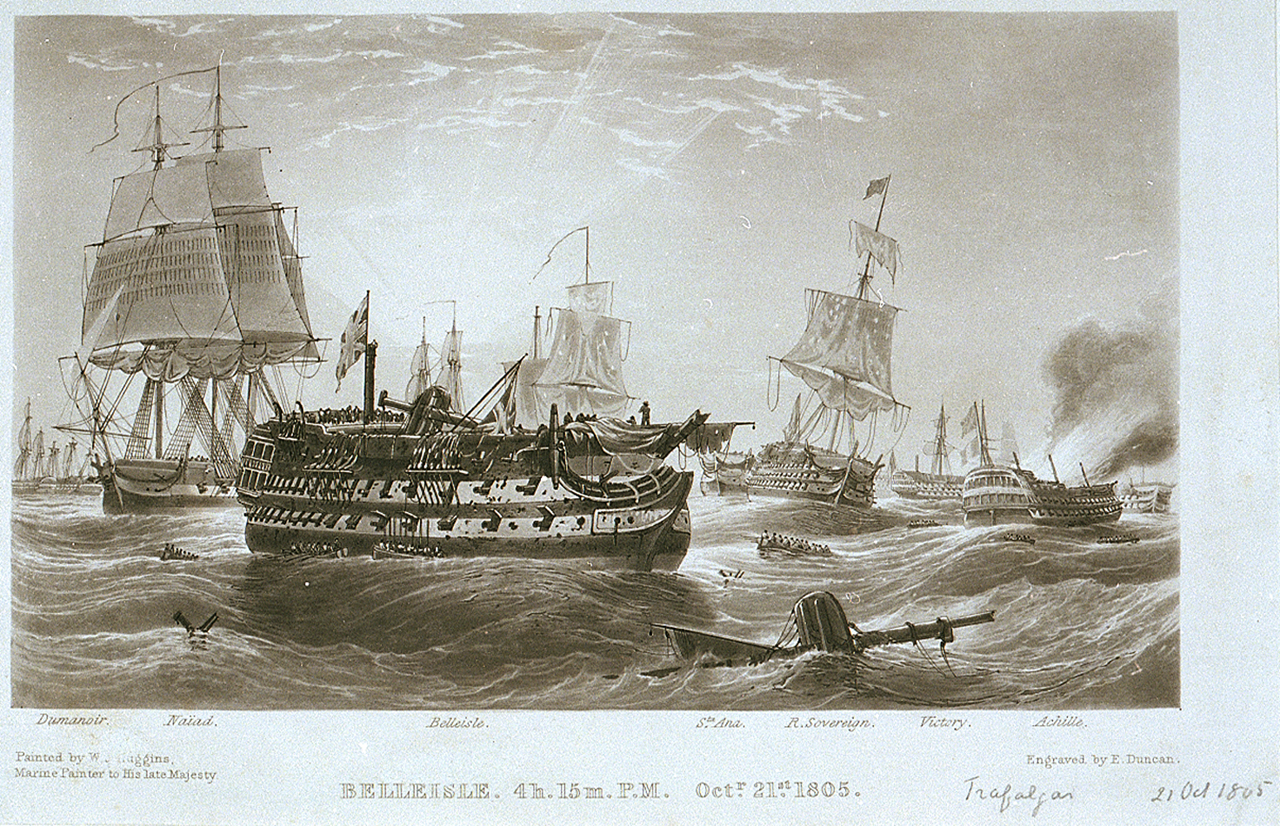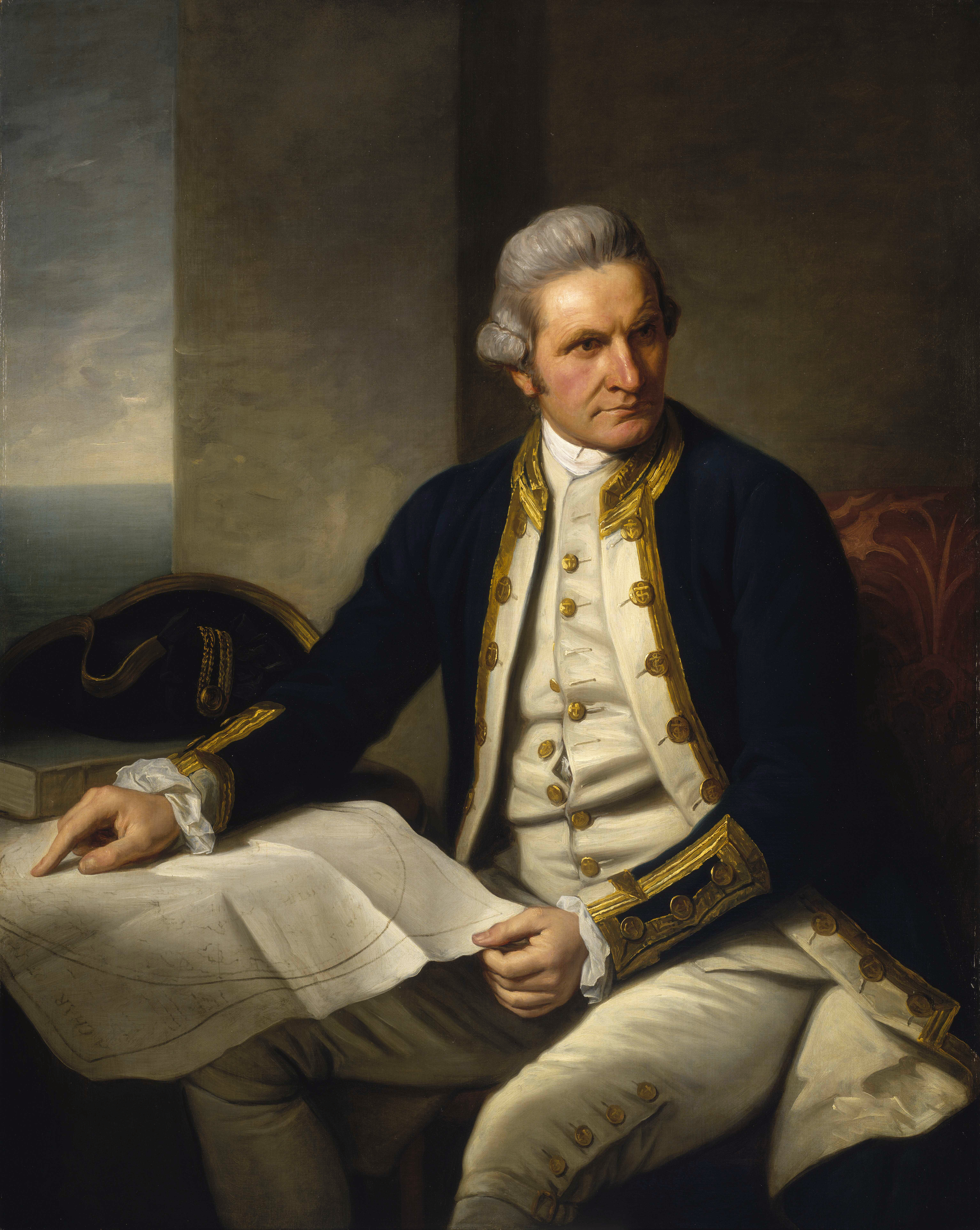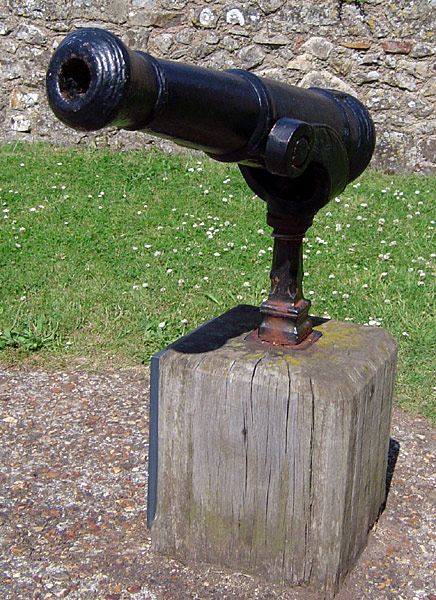|
Hired Armed Cutter Adrian
Two vessels named His Majesty's Hired armed cutter ''Adrian'' served the British Royal Navy during the Napoleonic Wars as hired armed vessels. First ''Adrian'' The first ''Adrian'' was the cutter ''Industry'', of 84 tons (bm). She was armed with eight 12-pounder carronades. She served under contract from 21 August 1804 to 25 August 1805. During her service she was renamed ''Adrian''. ''Adrian'' was in company with the frigate when on 1 and 2 June 1805 ''Adrian'' captured the chasse-marées ''Marie'' and ''Sophie''. At the time ''Adrian'' was under the command of Lieutenant Joseph Bain Bett, who apparently transferred from the hired armed cutter ''Rhoda''. ''Marie'' was one of three chasse-marées that on 1 June he observed sailing to Brest. ''Adrian'' succeeded in first driving ''Marie'' ashore, and then capturing her. However, as the prize crew was retrieving her, a musket ball killed ''Adrian''s mate. ''Marie'' had been carrying a cargo of wine and brandy from Bordeaux to Brest ... [...More Info...] [...Related Items...] OR: [Wikipedia] [Google] [Baidu] |
Royal Navy
The Royal Navy (RN) is the United Kingdom's naval warfare force. Although warships were used by Kingdom of England, English and Kingdom of Scotland, Scottish kings from the early medieval period, the first major maritime engagements were fought in the Hundred Years' War against Kingdom of France, France. The modern Royal Navy traces its origins to the early 16th century; the oldest of the British Armed Forces, UK's armed services, it is consequently known as the Senior Service. From the middle decades of the 17th century, and through the 18th century, the Royal Navy vied with the Dutch Navy and later with the French Navy for maritime supremacy. From the mid 18th century, it was the world's most powerful navy until the World War II, Second World War. The Royal Navy played a key part in establishing and defending the British Empire, and four Imperial fortress colonies and a string of imperial bases and coaling stations secured the Royal Navy's ability to assert naval superiority ... [...More Info...] [...Related Items...] OR: [Wikipedia] [Google] [Baidu] |
HMS Milford (1809)
HMS ''Milford'' was a 74-gun third rate ship of the line of the Royal Navy, launched on 1 April 1809 at Milford Haven Milford Haven ( cy, Aberdaugleddau, meaning "mouth of the two Rivers Cleddau") is both a town and a community in Pembrokeshire, Wales. It is situated on the north side of the Milford Haven Waterway, an estuary forming a natural harbour that has .... She was designed by Jean-Louis Barrallier as a large class 74, and was the only ship built to her draught. As a large 74, she carried 24 pdrs on her upper gun deck, instead of the 18 pdrs found on the middling and common class 74s. ''Milford'' was placed on harbour service in 1825, and was broken up in 1846. Notes References *Lavery, Brian (2003) ''The Ship of the Line - Volume 1: The development of the battlefleet 1650-1850.'' Conway Maritime Press. . Ships of the line of the Royal Navy 1809 ships {{UK-line-ship-stub ... [...More Info...] [...Related Items...] OR: [Wikipedia] [Google] [Baidu] |
French Frigate Armide (1804)
''Armide'' was a 40-gun frigate of the French Navy, lead ship of her class, and launched in 1804 at Rochefort. She served briefly in the French Navy before the Royal Navy captured her in 1806. She went on to serve in the Royal Navy until 1815 when she was broken up. French service ''Armide'' took part in Allemand's expedition of 1805. On 18 July, she captured and burnt a Prussian cutter to maintain the secrecy of the movements of the fleet, in spite of the neutrality of Prussia at the time. The next day, she captured and burnt her. She then took part in the assault on the ''Calcutta'' convoy, helping engage and capture . In March 1806, under Amable Troude, ''Armide'' helped repel an attack led by Robert Stopford at Les Sables-d'Olonne. Capture During the action of 25 September 1806, , under the command of Commodore Sir Samuel Hood, captured ''Armide'', which was under the command of Captain Jean-Jacques-Jude Langlois, and assisted in the capture of , and . ''Centaur'' ... [...More Info...] [...Related Items...] OR: [Wikipedia] [Google] [Baidu] |
Lloyd's List
''Lloyd's List'' is one of the world's oldest continuously running journals, having provided weekly shipping news in London as early as 1734. It was published daily until 2013 (when the final print issue, number 60,850, was published), and is in constantly updated digital format only since then. Also known simply as ''The List'', it was begun by Edward Lloyd, the proprietor of Lloyd's Coffee House, as a reliable and concise source of information for the merchants' agents and insurance underwriters who met regularly in his establishment in Lombard Street to negotiate insurance coverage for trading vessels. The digital version, updated hour-to-hour and used internationally, continues to fulfil a similar purpose. Today it covers information, analysis and knowledge relevant to the shipping industry, including marine insurance, offshore energy, logistics, market data, research, global trade and law, in addition to shipping news. History Predecessor publications are known. One hist ... [...More Info...] [...Related Items...] OR: [Wikipedia] [Google] [Baidu] |
Nantes
Nantes (, , ; Gallo: or ; ) is a city in Loire-Atlantique on the Loire, from the Atlantic coast. The city is the sixth largest in France, with a population of 314,138 in Nantes proper and a metropolitan area of nearly 1 million inhabitants (2018). With Saint-Nazaire, a seaport on the Loire estuary, Nantes forms one of the main north-western French metropolitan agglomerations. It is the administrative seat of the Loire-Atlantique department and the Pays de la Loire region, one of 18 regions of France. Nantes belongs historically and culturally to Brittany, a former duchy and province, and its omission from the modern administrative region of Brittany is controversial. Nantes was identified during classical antiquity as a port on the Loire. It was the seat of a bishopric at the end of the Roman era before it was conquered by the Bretons in 851. Although Nantes was the primary residence of the 15th-century dukes of Brittany, Rennes became the provincial capital aft ... [...More Info...] [...Related Items...] OR: [Wikipedia] [Google] [Baidu] |
Hired Armed Cutter Nimrod
During the French Revolutionary and Napoleonic Wars the British Royal Navy made use of hired armed vessels, one of which was His Majesty's hired armed cutter ''Nimrod''. Three such vessels are recorded, but the descriptions of these vessels and the dates of their service are such that they may well represent one vessel under successive contracts. The vessel or vessels cruised, blockaded, carried despatches, and performed reconnaissance. The first ''Nimrod'' There was a ''Nimrod'' of 70 tons burthen and eight 3-pounder guns that served from 27 September 1794 to 9 April 1802. On 21 April 1798, ''Nimrod'' was among the vessels that shared in the capture of the French ship ''Hercule''. ''Nimrod'' shared with , , and in the capture of the ''Anna Christiana'' on 17 May. In August ''Nimrod'' captured the chasse-marée ''Francine'' with , commanded by Captain Henry Jenkins, and . On 1 April 1798, ''Nimrod'' and the hired armed cutter ''Lurcher'' recaptured the packet ''Roebuck'', ... [...More Info...] [...Related Items...] OR: [Wikipedia] [Google] [Baidu] |
HMS Unicorn (1794)
HMS ''Unicorn'' was a 32-gun fifth-rate of the Royal Navy, launched in 1794 at Chatham. This frigate served in both the French Revolutionary Wars and the Napoleonic Wars, including a medal action early in her career. She was broken up in 1815. French Revolutionary War ''Unicorn'' entered service in 1794 under the command of Captain William Cayley, who was followed in 1795 by Captain Thomas Williams. Under Williams, ''Unicorn'' served in the Western Approaches, operating from Cork. On 31 May, ''Unicorn'', and shared in the capture of the Dutch schooner ''Mary'', Captain Pierce, master. On 28 August 1795, ''Unicorn'' was in company with and , when ''Unicorn'' captured the Dutch East Indiaman ''Cromhout'' or ''Crumhout''. ''Cromhout''s capture resulted in at least £40,000 in prize money to be distributed among her captors. Then ''Unicorn'' parted company with the rest of the squadron and after a chase of 13 hours captured the Dutch brig ''Komeet'' (or ''Comet''), which wa ... [...More Info...] [...Related Items...] OR: [Wikipedia] [Google] [Baidu] |
HMS Naiad (1797)
HMS ''Naiad'' was a Royal Navy fifth-rate frigate that served in the Napoleonic Wars. She was built by Hall and Co. at Limehouse on the Thames, launched in 1797, and commissioned in 1798. She served in the French Revolutionary and Napoleonic Wars, and her last actions occurred in 1824–5. She was paid off in 1826. She then served for many years in Latin America as a coal depot, first for the Royal Navy and then for the Pacific Steam Navigation Company. She was broken up in 1898, 101 years after her launching. Design ''Naiad'' was built to a design by Sir William Rule. She was an expanded version of his ''Amazon''-class frigates. French Revolutionary Wars Captain William Pierrepoint took command of ''Naiad'' in April 1797. On 3 April 1798 ''Naiad'' captured ''Mary and Elizabeth''. Sixteen days later, ''Naiad'', and were in sight when captured the French gun-brig ''Arrogante''. ''Arrogante'' was armed with six long 24-pounder guns and had a crew of 92 men. The British to ... [...More Info...] [...Related Items...] OR: [Wikipedia] [Google] [Baidu] |
Napoleonic Wars
The Napoleonic Wars (1803–1815) were a series of major global conflicts pitting the French Empire and its allies, led by Napoleon I, against a fluctuating array of European states formed into various coalitions. It produced a period of French domination over most of continental Europe. The wars stemmed from the unresolved disputes associated with the French Revolution and the French Revolutionary Wars consisting of the War of the First Coalition (1792–1797) and the War of the Second Coalition (1798–1802). The Napoleonic Wars are often described as five conflicts, each termed after the coalition that fought Napoleon: the Third Coalition (1803–1806), the Fourth (1806–1807), the Fifth (1809), the Sixth (1813–1814), and the Seventh (1815) plus the Peninsular War (1807–1814) and the French invasion of Russia (1812). Napoleon, upon ascending to First Consul of France in 1799, had inherited a republic in chaos; he subsequently created a state with stable finan ... [...More Info...] [...Related Items...] OR: [Wikipedia] [Google] [Baidu] |
National Maritime Museum
The National Maritime Museum (NMM) is a maritime museum in Greenwich, London. It is part of Royal Museums Greenwich, a network of museums in the Maritime Greenwich World Heritage Site. Like other publicly funded national museums in the United Kingdom, it has no general admission charge; there are admission charges for most side-gallery temporary exhibitions, usually supplemented by many loaned works from other museums. Creation and official opening The museum was created by the National Maritime Museum Act 1934 under a Board of Trustees, appointed by HM Treasury. It is based on the generous donations of Sir James Caird (1864–1954). King George VI formally opened the museum on 27 April 1937 when his daughter Princess Elizabeth accompanied him for the journey along the Thames from London. The first director was Sir Geoffrey Callender. Collection Since the earliest times Greenwich has had associations with the sea and navigation. It was a landing place for the Romans, He ... [...More Info...] [...Related Items...] OR: [Wikipedia] [Google] [Baidu] |
Swivel Gun
The term swivel gun (or simply swivel) usually refers to a small cannon, mounted on a swiveling stand or fork which allows a very wide arc of movement. Another type of firearm referred to as a swivel gun was an early flintlock combination gun with two barrels that rotated along their axes to allow the shooter to switch between rifled and smoothbore barrels. Swivel guns should not be confused with pivot guns, which were far larger weapons mounted on a horizontal pivot, or screw guns, which are a mountain gun with a segmented barrel. An older term for the type is peterero (alternative spellings include "paterero" and "pederero"). The name was taken from the Spanish name for the gun, pedrero, a combination of the word piedra (stone) and the suffix -ero (-er), because stone was the first type of ammunition fired. Configuration Swivel guns are among the smallest types of cannon, typically measuring less than in length and with a bore diameter of up to . They can fire a variet ... [...More Info...] [...Related Items...] OR: [Wikipedia] [Google] [Baidu] |



